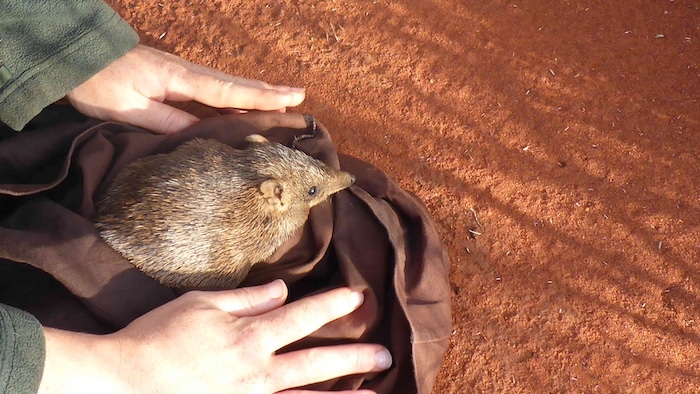This post was originally published on Eco Watch
The most comprehensive worldwide analysis of wildlife genetic diversity ever undertaken has found that it is plummeting at an astonishing rate, but that conservation efforts can help protect species.
Two-thirds of the populations studied were declining in genetic diversity. However, the researchers found that conservation was sustaining — and even increasing, in some cases — the genetic diversity of populations.
“Mitigating loss of genetic diversity is a major global biodiversity challenge. To meet recent international commitments to maintain genetic diversity within species, we need to understand relationships between threats, conservation management and genetic diversity change,” the authors wrote in the study.
Promising endeavors like animal translocations and habitat restorations were designed to grow populations, introduce new breeding individuals and improve environmental conditions.
“There is no getting around the fact that biodiversity is declining at unprecedented rates across the globe – but there are glimmers of hope. The action of conservationists is reversing these losses and helping to create genetically diverse populations that can better meet the challenges of the future,” said associate professor Catherine Grueber with University of Sydney’s School of Life and Environmental Sciences in a press release.
The landmark study, “Global meta-analysis shows action is needed to halt genetic diversity loss,” was published in Nature, and was a collaboration between an international team of researchers from nations including Poland, Spain, Greece, Sweden, China and the United Kingdom.
The research team looked at 628 species across 882 studies over more than three decades — 1985 to 2019 — including plant, animal and fungi across most maritime and all terrestrial realms on Earth.
“If a new disease comes through, or there’s a heatwave, there may be some individuals in the population that have certain characteristics that enable them to tolerate those new conditions,” Grueber explained, as The Guardian reported. “Those characteristics will get passed on to the next generation, and the population will persist instead of going extinct.”
The team gained new insights into studies conducted decades earlier through the use of innovations in genetic analysis. They created a scale of common measurement that enabled them to compare studies, even when varying methodologies were used and genetic data was collected in different ways.
“This kind of comprehensive global study would not have been possible even 10 years ago,” Grueber said in the press release. “Advances in genetics and statistics have given us new tools that mean we can continue to learn from studies long after they were carried out – a huge benefit when we are looking at populations and trends on a global scale.”
Conservation efforts that could maintain or improve genetic diversity include translocations — animals being moved between populations for the benefit of a species or ecosystem — population control, restoration and controlling pest or feral species.
“Genetic diversity loss occurs globally and is a realistic prediction for many species, especially birds and mammals, in the face of threats such as land use change, disease, abiotic natural phenomena and harvesting or harassment. Conservation strategies designed to improve environmental conditions, increase population growth rates and introduce new individuals (for example, restoring connectivity or performing translocations) may maintain or even increase genetic diversity. Our findings underscore the urgent need for active, genetically informed conservation interventions to halt genetic diversity loss,” the authors of the study wrote.
Releasing golden bandicoots in Western Australia after genetic monitoring. Colleen Sims / WA Department of Biodiversity, Conservation, Attractions
Conservation success stories included reintroducing the golden bandicoot into parts of Western Australia; releasing Arctic foxes from Scandinavian captive breeding programs; translocating greater prairie chickens in North America into existing populations; and effective disease treatment within populations of black-tailed prairie dogs, which has improved colony health in north-central Montana.
The authors of the findings hope they will encourage further conservation efforts and bring increased protections to currently unmanaged populations.
“Despite successes, we can’t be complacent. Two-thirds of the populations analysed are facing threats, and among these populations less than half received any kind of conservation management. It’s vital that we learn from what is working so that we can protect species in the long-term,” said Dr. Robyn Shaw, co-first author of the study and a University of Canberra postdoctoral research fellow at the Centre for Conservation Ecology and Genomics, in the press release.
The post Genetic Diversity of Two-Thirds of Plant, Animal and Fungi Species Studied Is Declining, but Conservation Efforts Offer ‘Glimmers of Hope’ appeared first on EcoWatch.





0 Comments